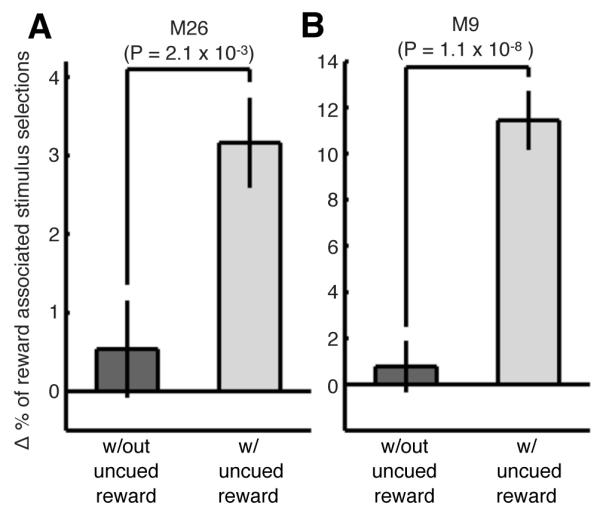Figure 9. Uncued rewards alter the strength of cue-reward associations: behavioral evidence (experiment 7).

Changes in stimulus selection (for stimuli that were initially non-preferred for the monkey) obtained during the behavioral preference sessions. The 400 trials from the pre- and post-association preference test in each session were grouped into bins of 20 trials. The percent change in the monkey’s stimulus selection for (A) M26 (26 sessions) and (B) M9 (9 sessions) was determined by comparing the number of selections within a bin after the association block with the number of selections within the corresponding bin before the association block relative to the total number of trials in the bin. This was performed for sessions with association blocks that contained uncued rewards (blue bars) and alternating sessions that did not (grey bars). Error bars denote the SEM over bins. A significant difference in stimulus selection was determined using a Wilcoxon rank sum test comparing experiments with and without uncued rewards.
